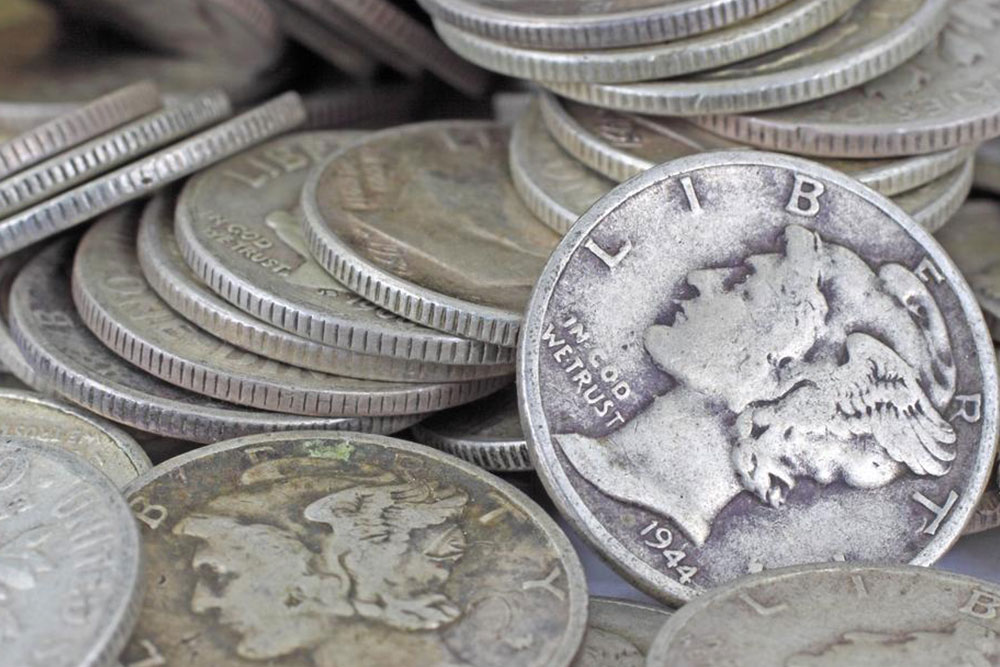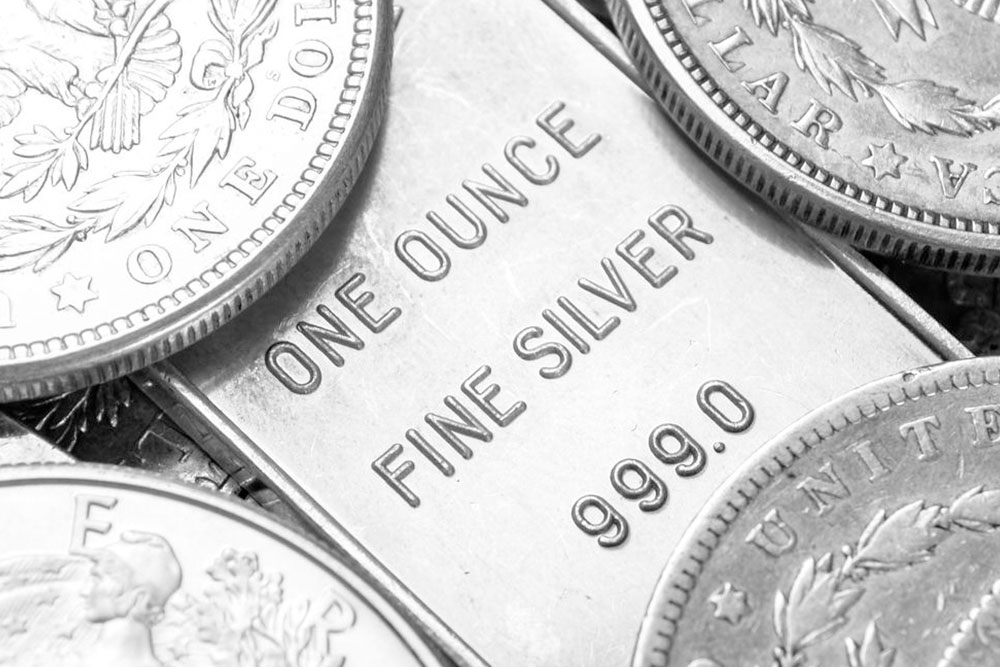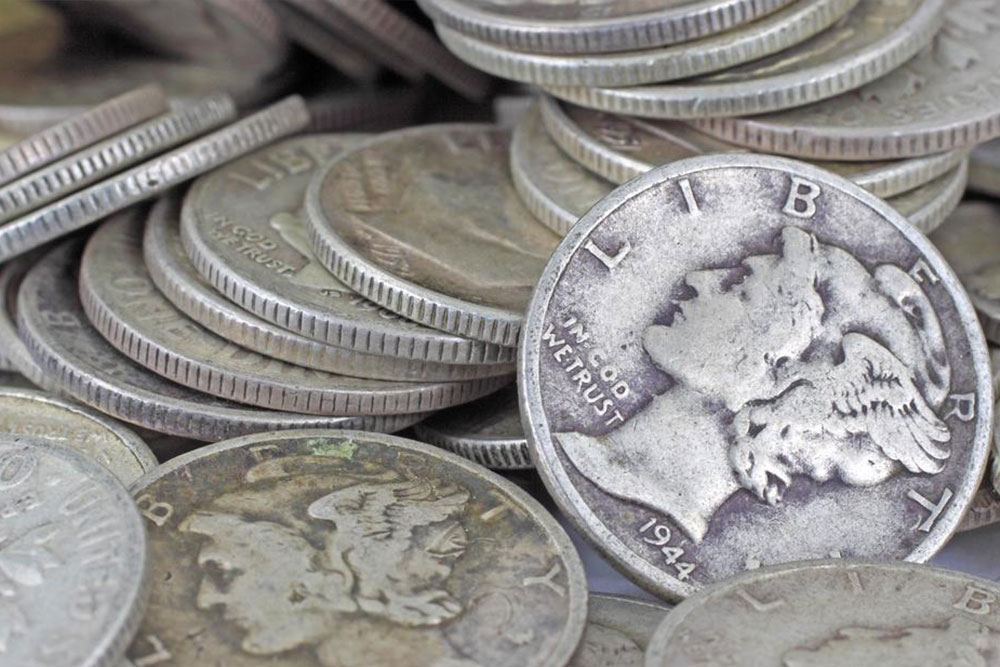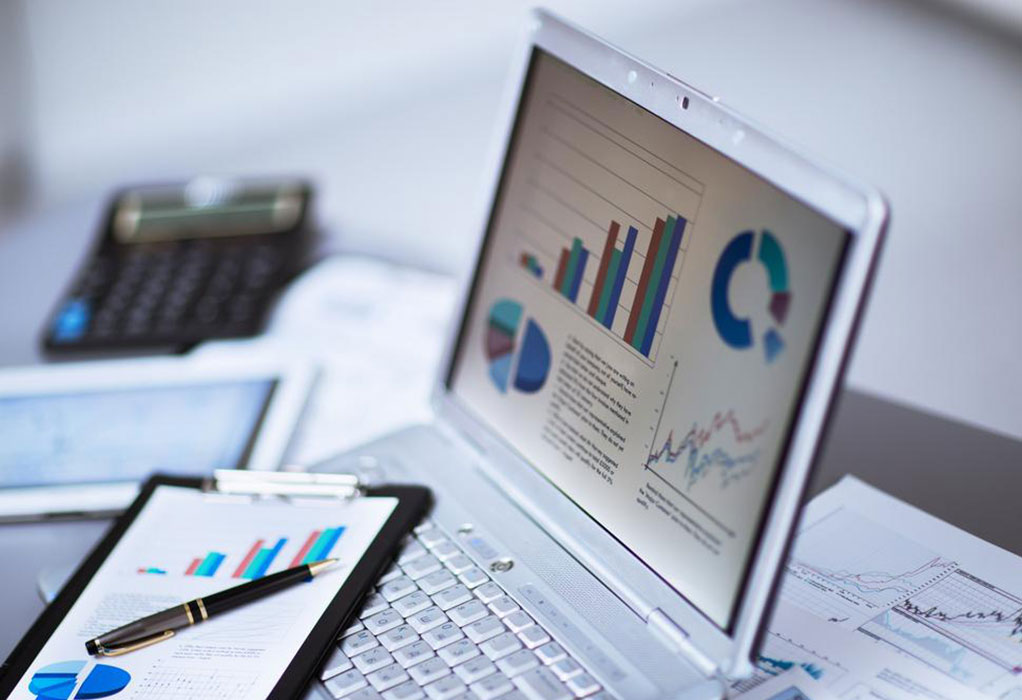Top Ways to Invest in Silver and Grow Wealth
Discover effective ways to invest in silver, including physical bullion, coins, ETFs, and bank accounts. Learn about storage, market options, and key considerations to grow your wealth through silver. This comprehensive guide helps investors understand the different forms of silver investment, their benefits, and risks involved for smarter financial planning.
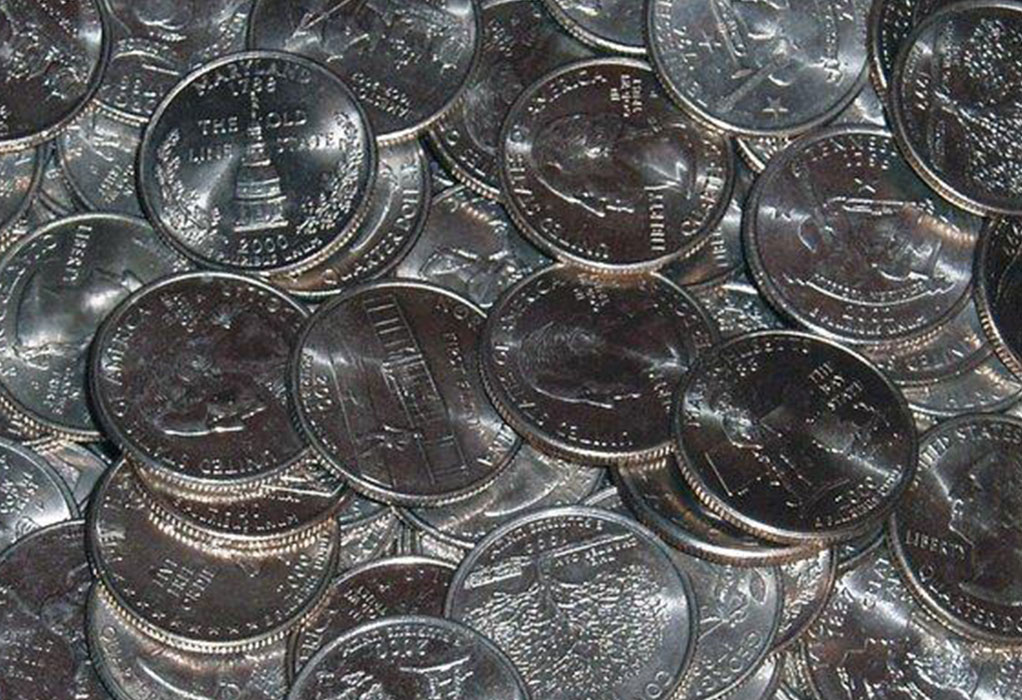
Popular Strategies for Silver Investment
Having been used in trade for over 4000 years, precious metals like silver have long been valued as currency. While many nations phased out silver coin circulation after abandoning the silver standard, investing in silver remains a popular way to preserve wealth and hedge against inflation worldwide. Investors can buy mint bullion or collector coins, which carry face values. Industrial demand for silver, which accounted for around 40% in the 1990s, has surged, making silver an increasingly valuable reserve asset. Today, various forms of silver investment are widely chosen for diversification and stability.
Silver investment typically involves purchasing physical silver or financial securities linked to silver prices. Let’s explore these options further.
Physical Silver Investment: Silver can be bought as jewelry, bars, or coins.
Jewelry: While often purchased for fashion, silver jewelry is an less common investment due to depreciation, makings, wastages, and oxidation losses.
Silver Bars: These are rectangular silver bars sold by banks and bullion dealers, ideal for storage. Made of near-pure silver, they are traded at a slight premium over market prices. Storage options include safes, bank deposit boxes, or pooled storage facilities. The spot market uses codes like “XAG” plus the currency code, e.g., “XAGUSD,” for silver trades. Bars vary from 1 oz. to 1000 oz., catering to traders on platforms like COMEX and LBMA. Smaller, retail-sized bars are also available for cost-effective trading with lower risks.
Silver Coins: Globally, millions of coins such as the Canadian Silver Maple Leaf (99.99% purity), American Silver Eagle (99.93%), and junk silver (90%) are purchased annually. Though silver lost its legal tender role, some coins like Silver Maples are still used as currency in places like Utah. High-denomination coins, such as $20 Canadian silver coins, are popular for investment and trade in countries like Switzerland and Liechtenstein.
Collectible Coins: Less favored as a primary investment, collectible coins are valued based on rarity, demand, and numismatic factors rather than silver content, making their price volatile.
ETPs (Exchange-Traded Products): Investors can buy silver certificates representing ownership in silver assets, avoiding storage hassles. These allow quick transactions and price access without handling physical silver. Examples include iShares Silver Trust (NYSE: SLV), ETFS Physical Silver, and Sprott Physical Silver Trust.
Silver Accounts: Some banks, especially Swiss institutions, offer accounts for buying or selling silver similarly to foreign currency transactions. Investors can claim a specific silver amount without physically holding the metal, traded through derivatives, CFDs, or online exchanges.
Key points to consider before investing:
Silver is more affordable than other precious metals, enabling investors to accumulate significant quantities.
The gold-to-silver ratio is a common metric for valuation.
Silver prices tend to be more volatile than gold during bullish markets.
The physical silver trading market is smaller than the paper silver market globally.


